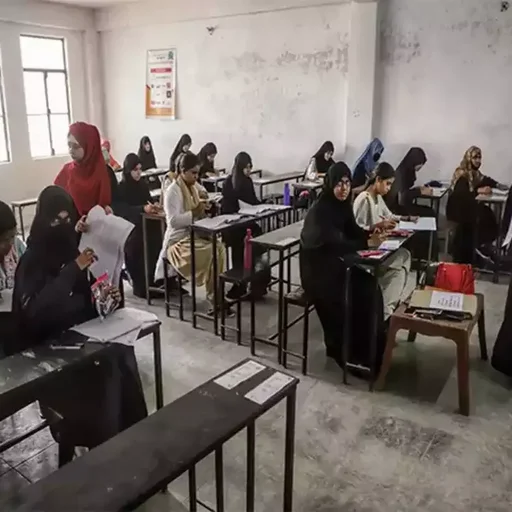It seems like there’s a real conversation happening about who’s leading our universities, and a recent study has brought some important facts to light. When we look at central universities across the country, out of more than a thousand Vice-Chancellors (or V-Cs, the top leaders), only 62 have been Muslim since these universities first opened their doors. That’s a really small number, and it highlights a potential gap in representation at the highest levels of education. It definitely makes you think about who’s making the big decisions in our learning institutions.
The picture is similar when we consider state universities as well. Out of over 8,000 V-Cs, only 219 have been Muslim. This trend suggests that the people holding leadership roles in higher education aren’t as diverse as the student populations they serve. It begs the question of how this might be impacting the experience of students and the broader academic environment. It’s definitely something that deserves more attention, and it points to the need for more inclusive practices in the selection process for these critical positions.
There’s a positive note, however. Aligarh Muslim University recently made history by appointing their first-ever female Muslim Vice-Chancellor after more than a hundred years. This is definitely a moment to celebrate, and it shows that change is possible. Currently, only two out of the 78 central universities have a Muslim V-C. A few state universities like Calcutta and Bombay have had a small number of Muslim V-Cs in the past, but the overall figures remain quite low.
These numbers point to the need for a deeper look at diversity and inclusion within university leadership. It’s not just about counting numbers, but also about ensuring that all voices are heard at the table. Many people are now actively looking for ways to address this lack of representation and create a more welcoming and equitable environment for everyone in the higher education sector.
